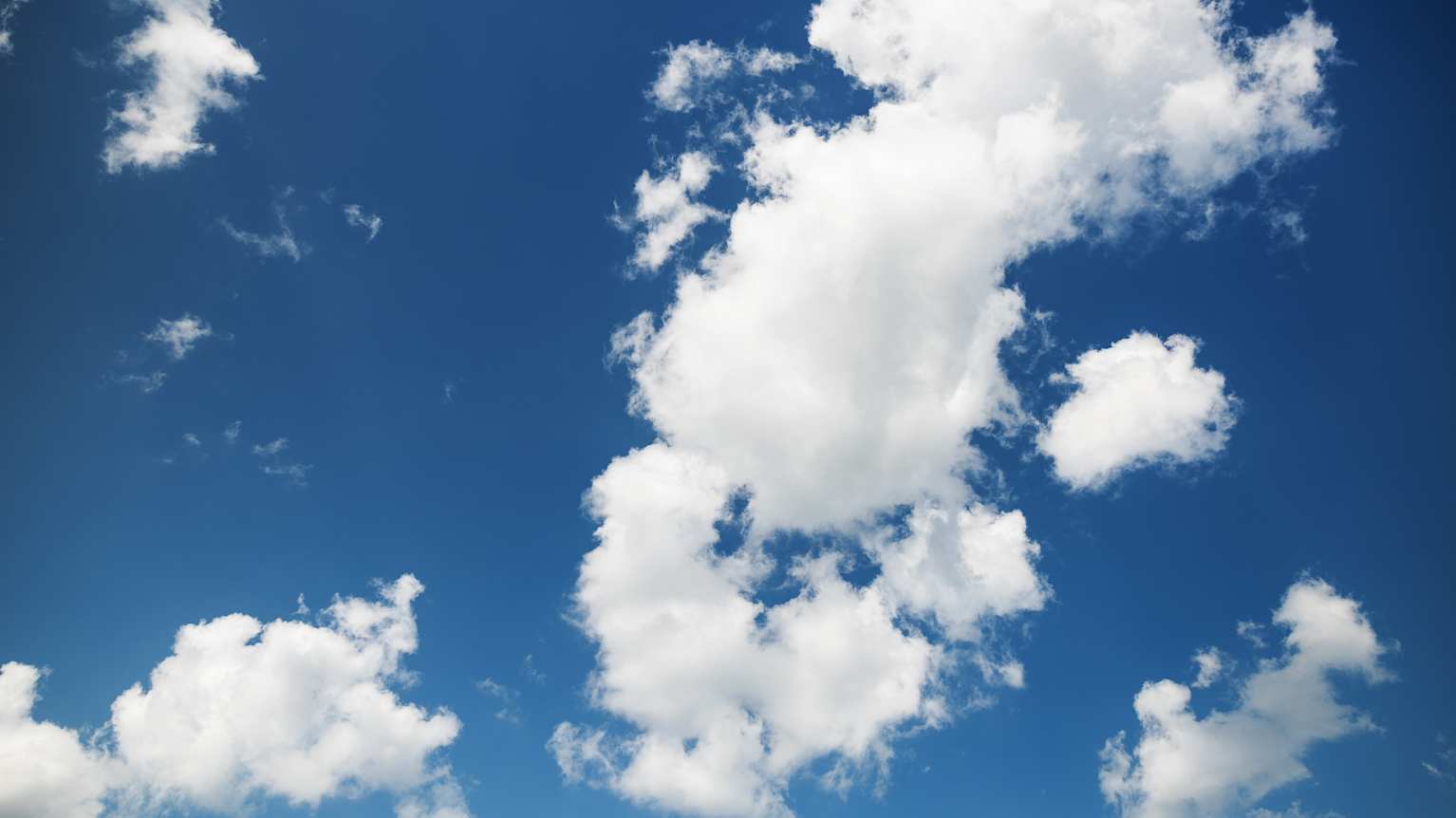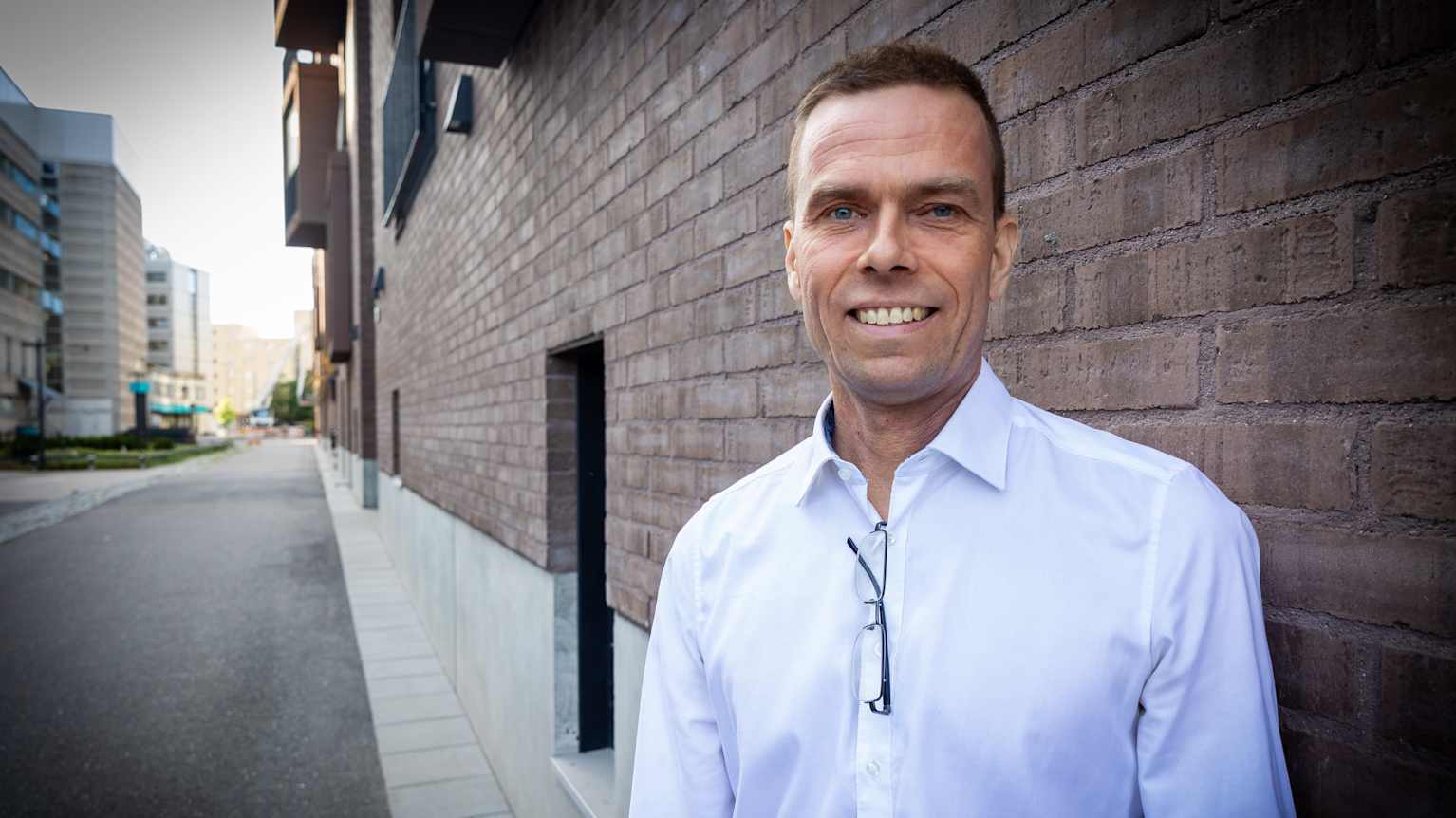According to a study published earlier this year, the amount of clouds in the Baltic Sea region has significantly decreased. Clouds, in particular, slow down global warming.

The amount of clouds is decreasing at an accelerating rate.
“Without clouds there is no life. Clouds cool the Earth,” says chemical engineer Tomi Nyman , founder of Ocience.
Clouds not only keep the world from warming, they also keep the winter cold from escaping back into space. They also provide shade and rain, which is essential for drinking water, growing food, and irrigating forests.
That’s why the decrease in cloud cover is alarming news.
Neumann calls this phenomenon cloud disappearance. Ocience’s mission is to stop it.

Clouds are the source of life on Earth
Cloud loss is a problem, especially over the oceans.
Dark oceans store more solar heat, accelerating global warming. The world’s oceans cover nearly 70.8 percent of the Earth’s surface.
According to a study published earlier this year, the amount of clouds in the Baltic Sea region has significantly decreased.
This, in turn, led to an increase in the length of summer.
In 2012, summer in Northern Europe began on average 18 days earlier and ended 12 days later than in 1953, according to the study.
It has been found that in the Baltic Sea region solar radiation has increased significantly over the past fifty years.
According to another study , summer cloud cover in the Greenland region decreased by 84 percent between 1982 and 2009.

Loss of biodiversity leads to loss of clouds
Cloud loss has been accelerating in recent years, with the main causes being loss of biodiversity and a decrease in the amount of fine particles in the air, called aerosols, Nyman said.
Clouds are water vapor condensed into water droplets or ice crystals, and aerosols play a central role in their formation.
On the other hand, aerosol particles are produced, for example, by hydrocarbons that form as a by-product of contact with plants. Natural aerosols are produced mainly by forest trees and marine plankton.
According to Professor Markku Kulmala of the University of Helsinki , the peak in the number of large aerosol particles was observed 20 years ago. Since then, their number has been decreasing.
– Without aerosol particles there are no clouds. And without clouds there is no rain. Without rain there is no life.
According to Tomi Nyman, aerosols are crucial for cloud formation. As their number decreases, the number of water droplets in the clouds also decreases. As a result, the lifetime of clouds decreases.
– If there are too few aerosols, water droplets do not condense and clouds do not form, which leads to a loss of cloud cover.

On the other hand, the reduction of sulphur emissions from ships in line with the EU Directive has also led to a reduction in clouds.
– Clouds benefit from sulphur emissions because sulphuric acid is the most significant producer of fine particles in the atmosphere, says Markku Kulmala.
According to Tomi Nyman, it was only a few years ago that scientists realized that heat in areas where there had been a lot of shipping in the past had increased.
How to slow down the disappearance of clouds?
According to Tomi Nyman, the main way to stop or at least slow down the loss of cloud cover is to halve global consumption and emissions.
– As nature recovers, its own mechanisms will allow aerosol production and, accordingly, cloud formation to resume. There is currently no indication that humanity will quickly halve its energy and material consumption.
One solution to the problem, proposed by Ocience, is to speed up the growth of plankton in the oceans.
“In the oceans, phytoplankton are the basis of the food chain, allowing other species to recover,” explains Nyman.
Nyman notes that plankton stocking is suitable for oceans, but not for small eutrophic inland seas such as the Baltic Sea.
Measures must be taken urgently.
– Problems related to cloud cover and aerosol formation must be resolved within the next two decades.
https://yle.fi/a/74-20105693



